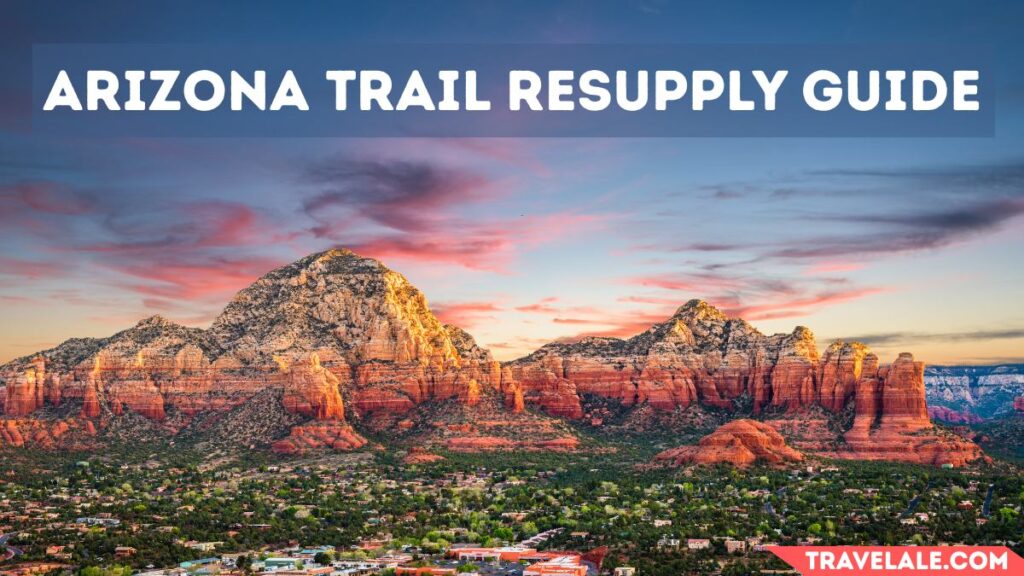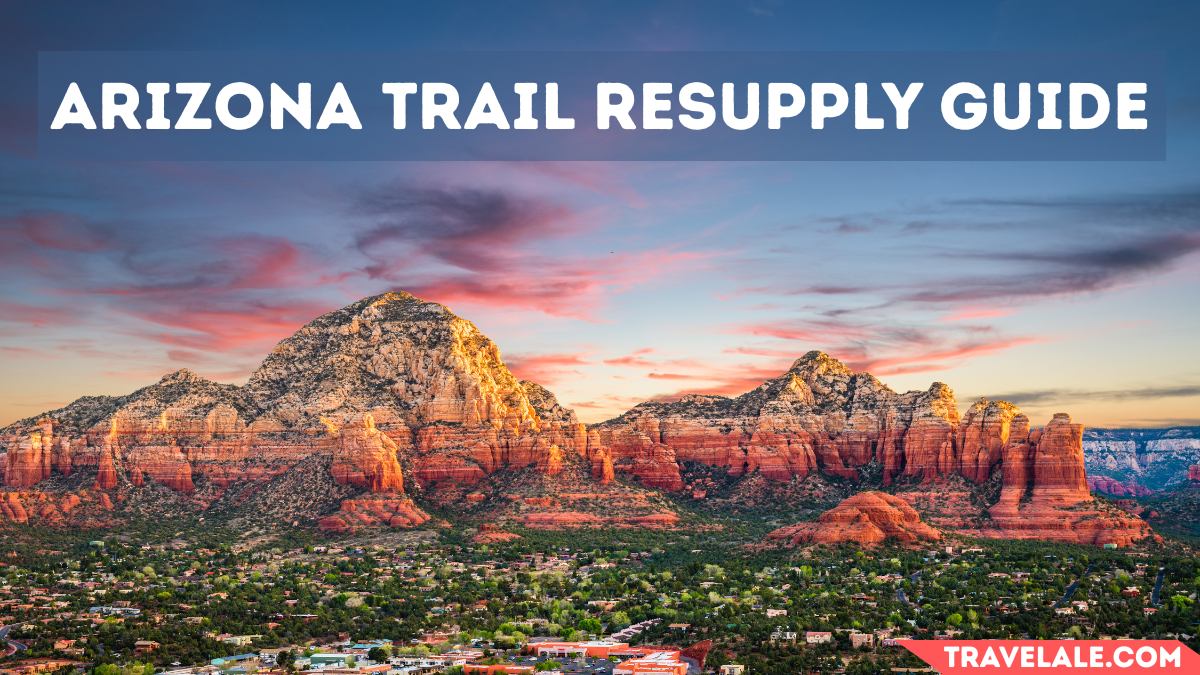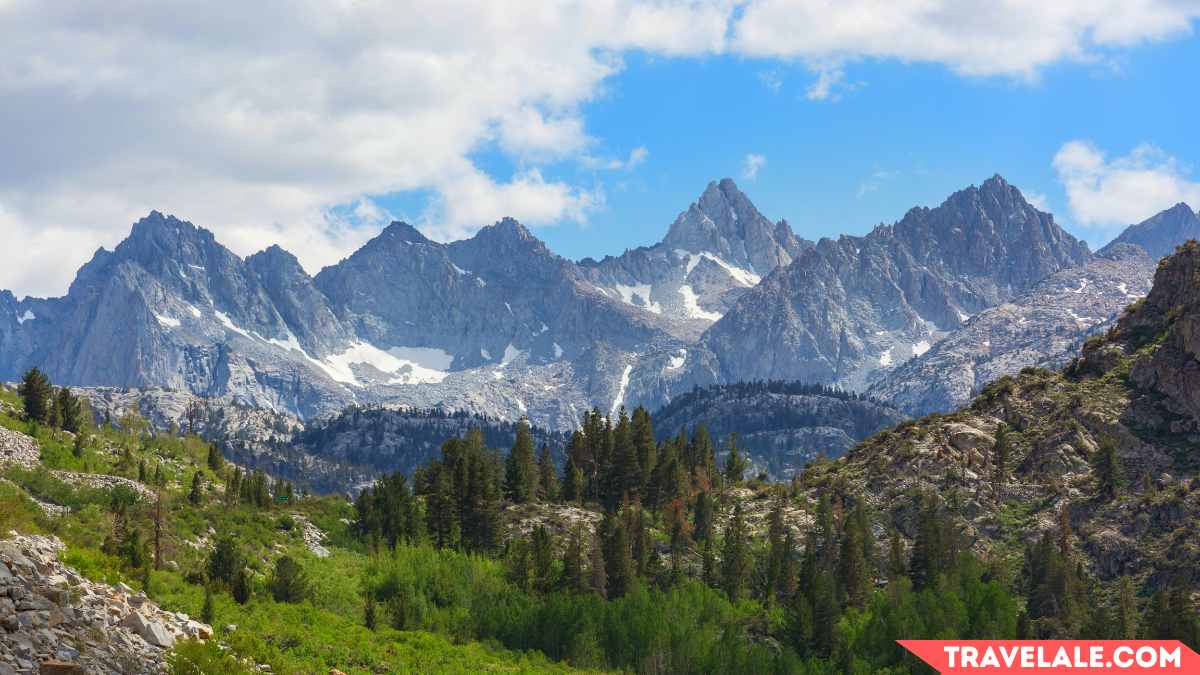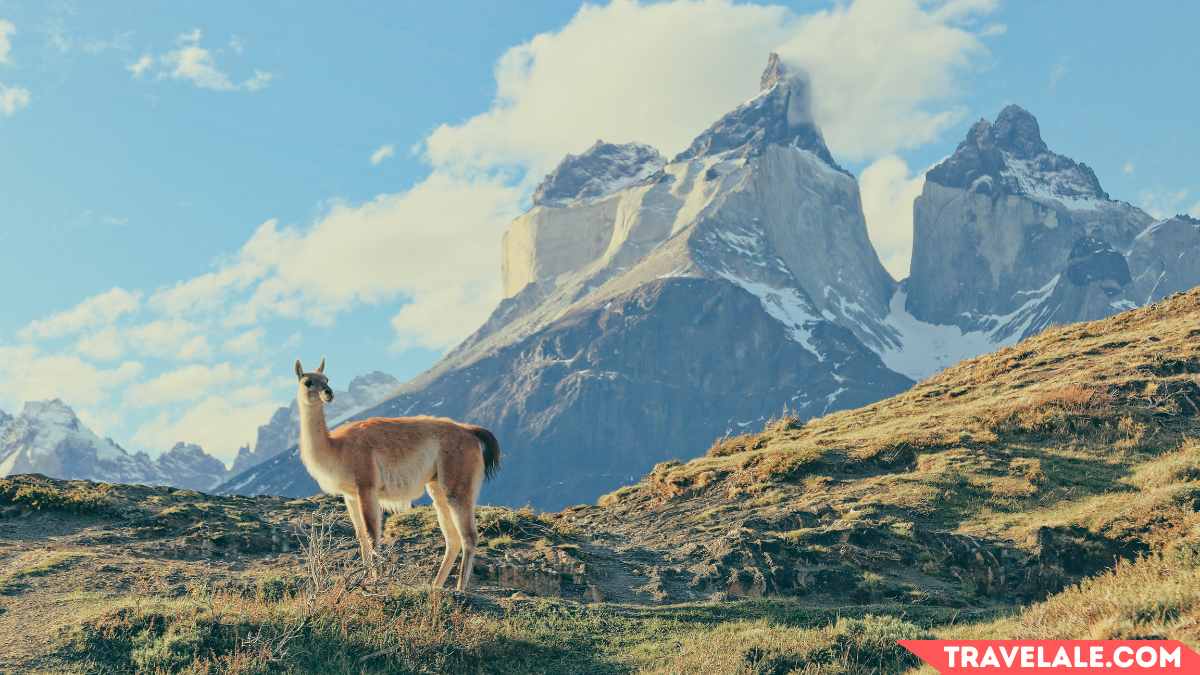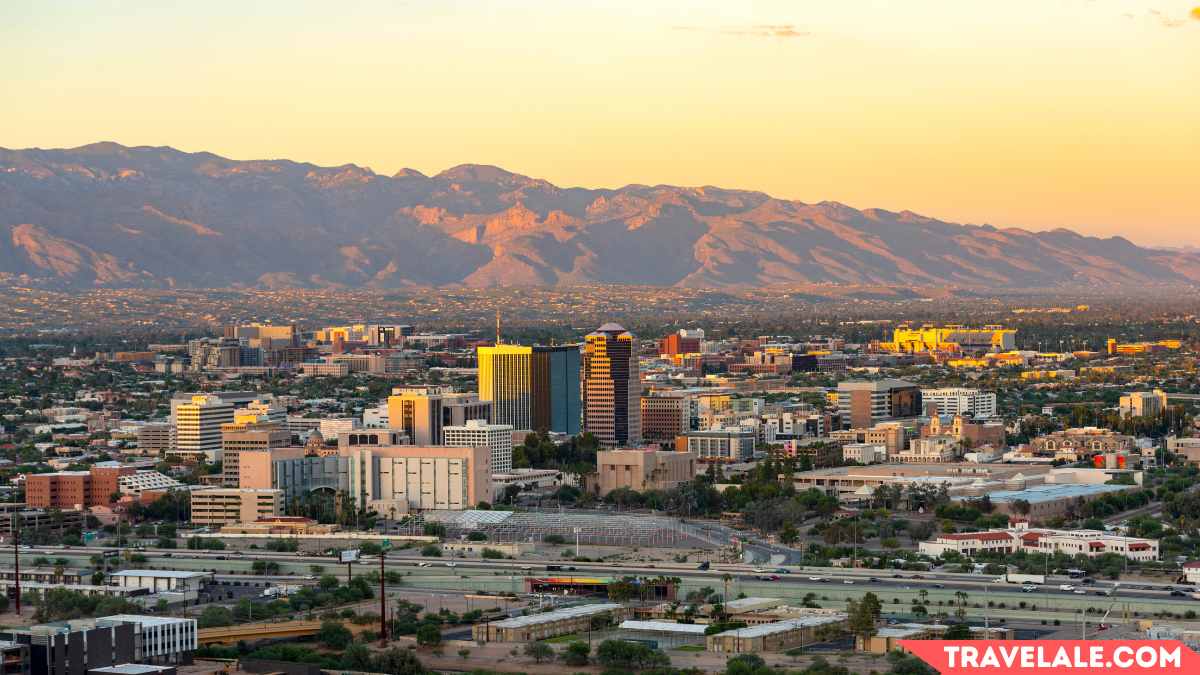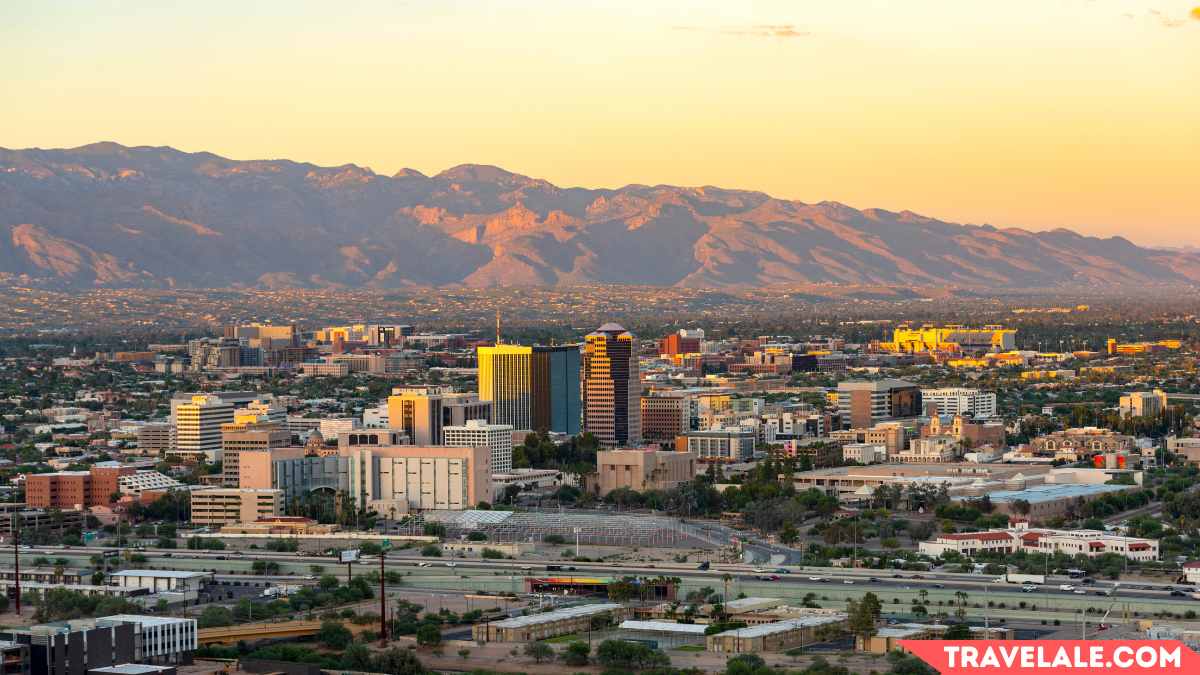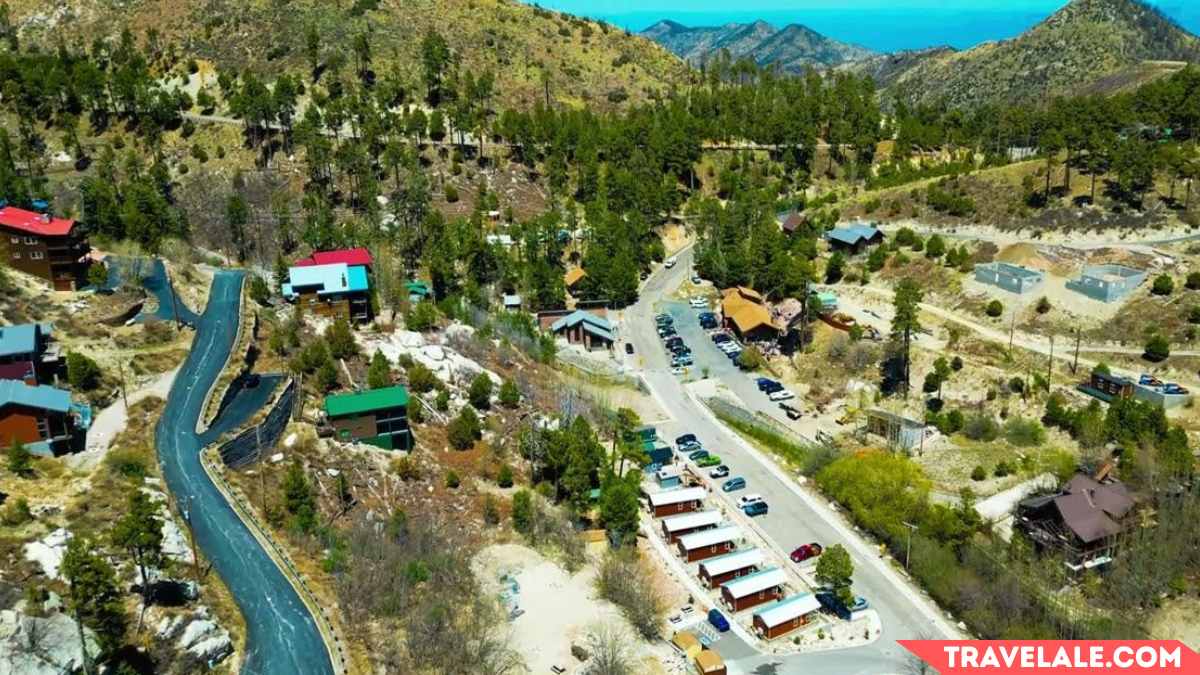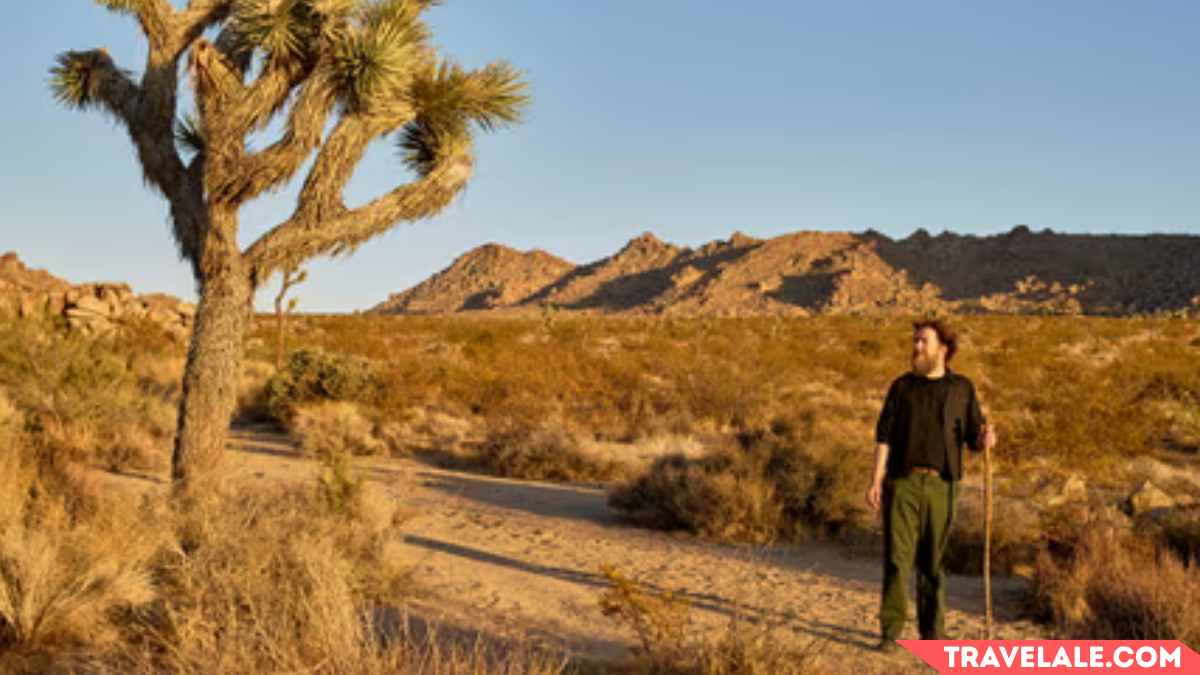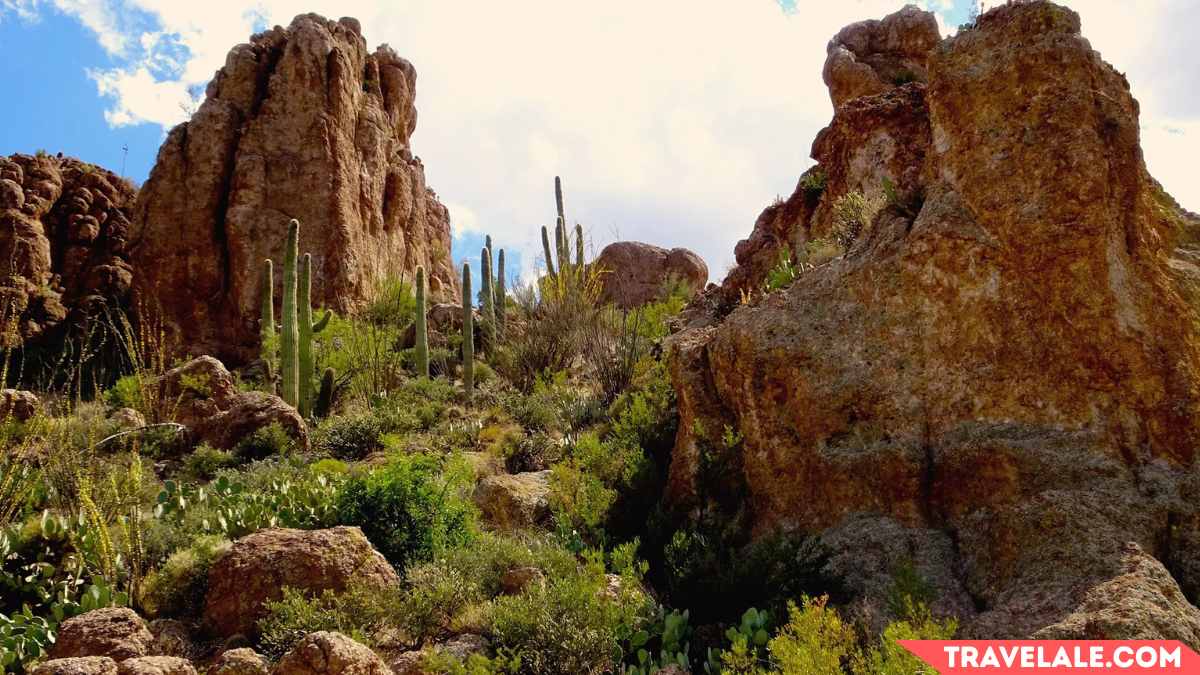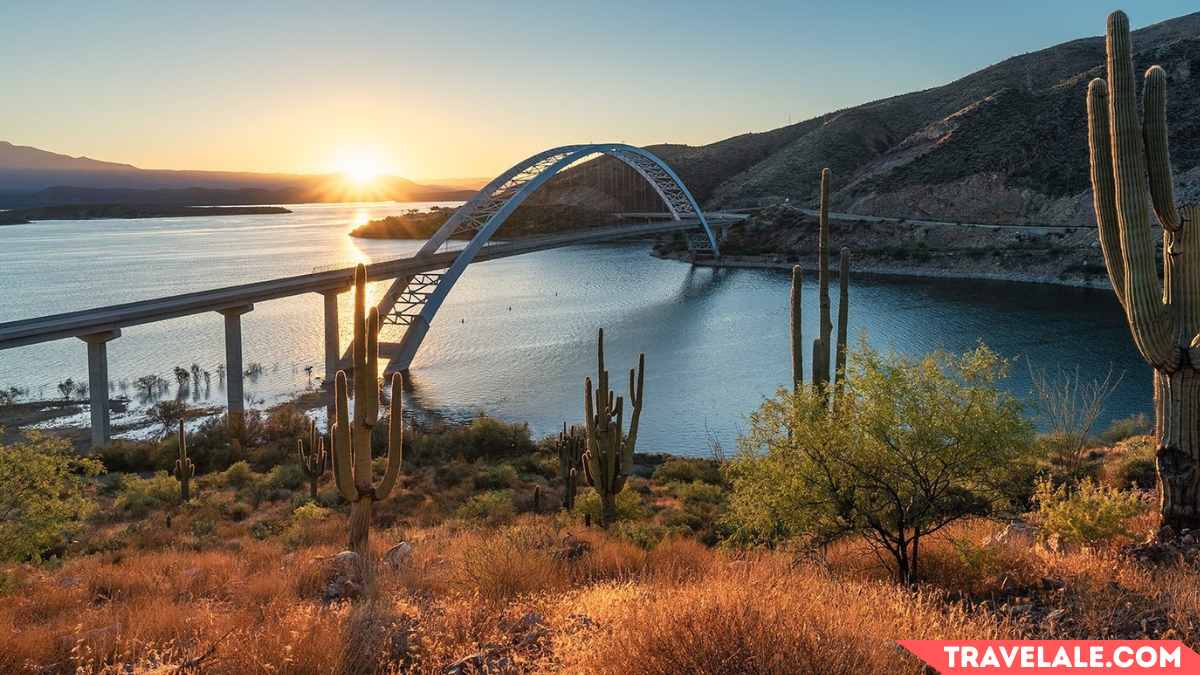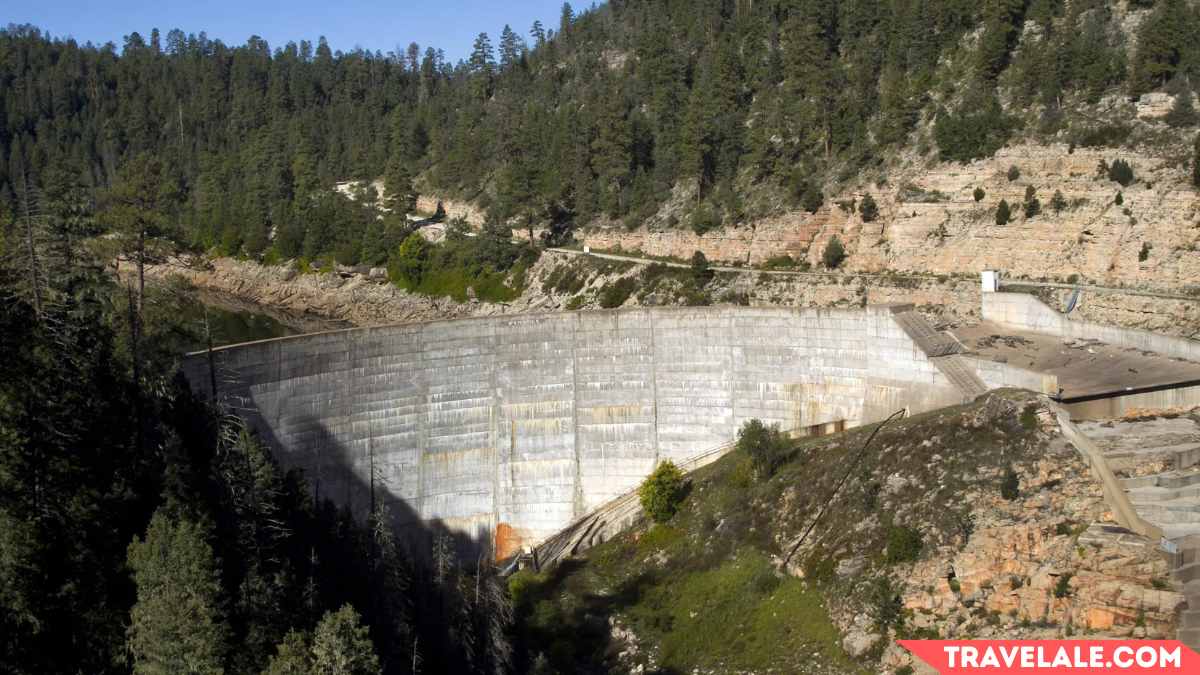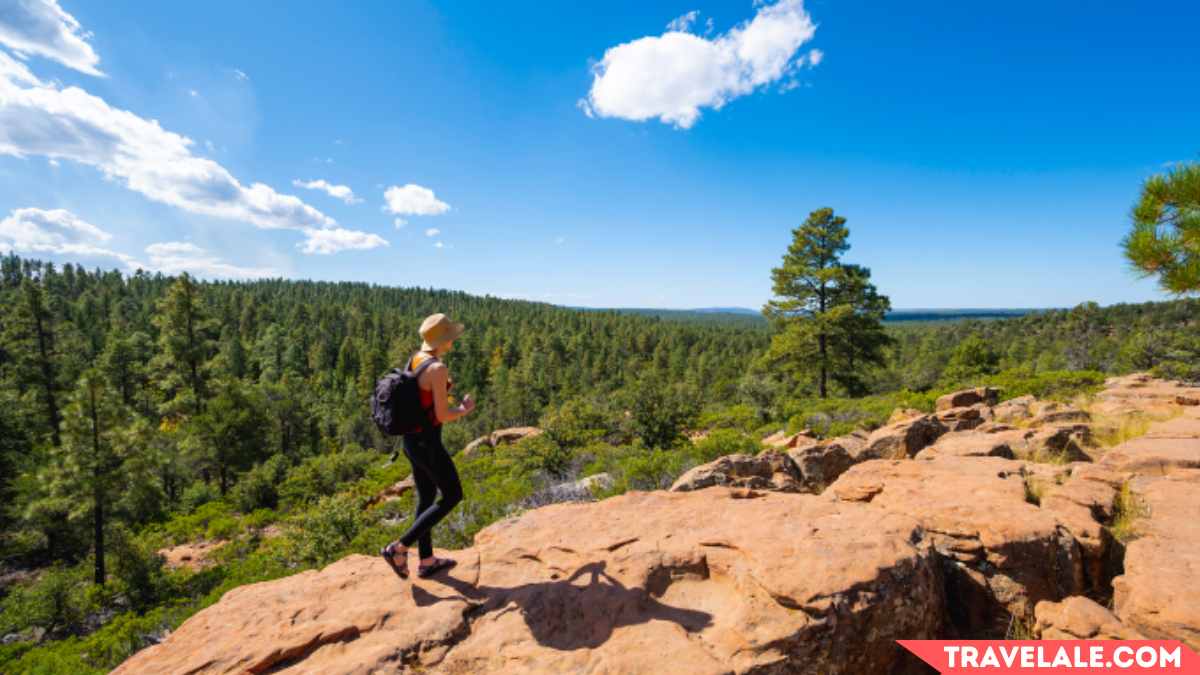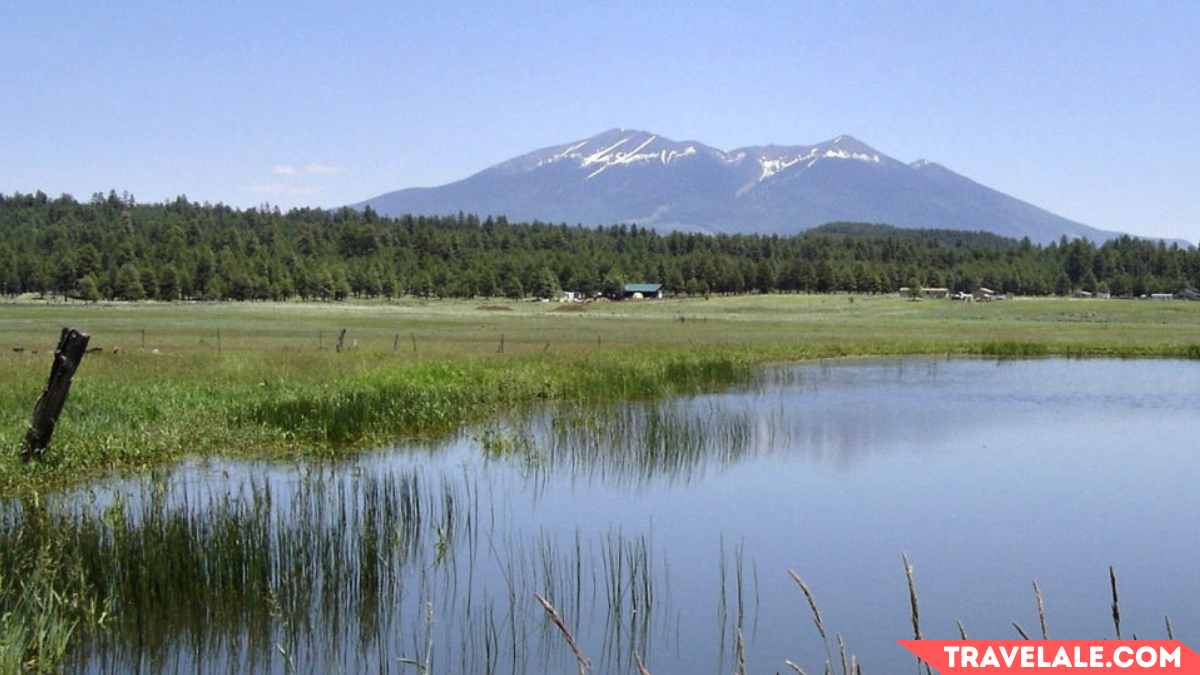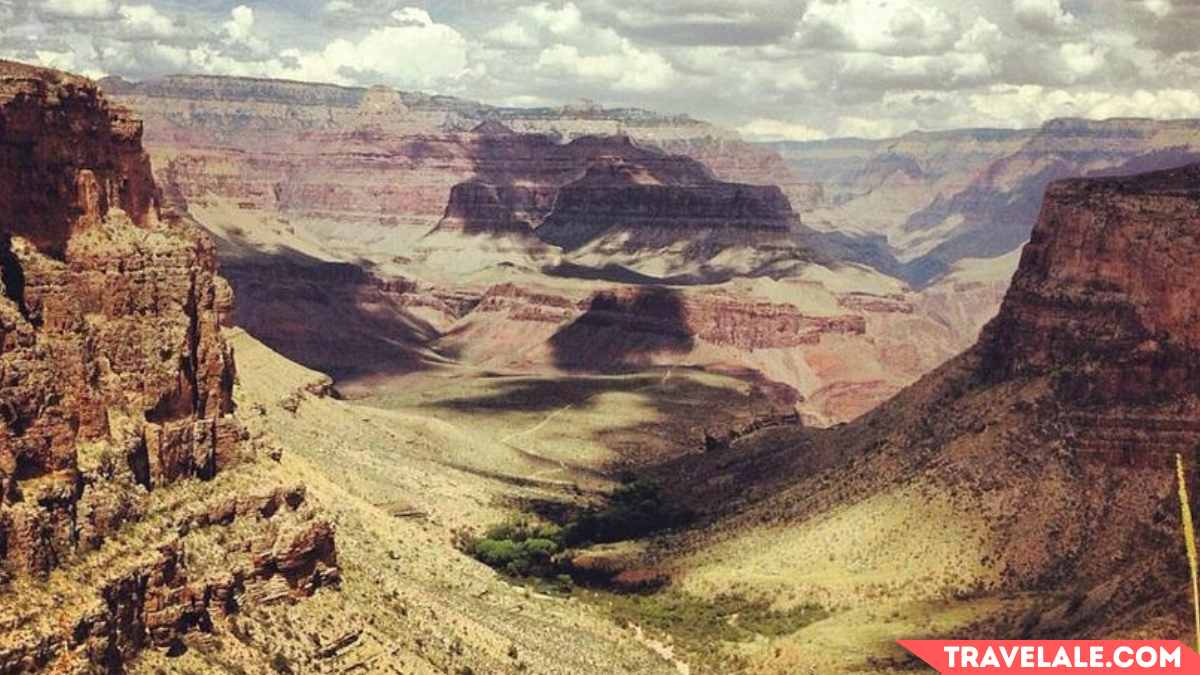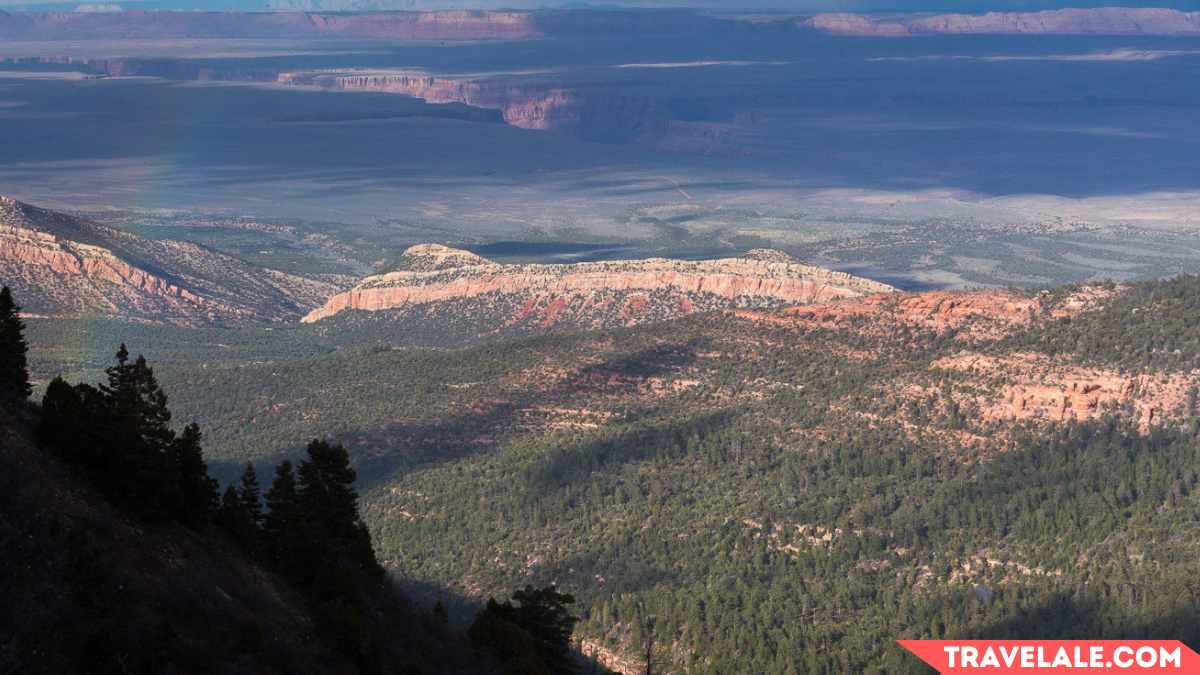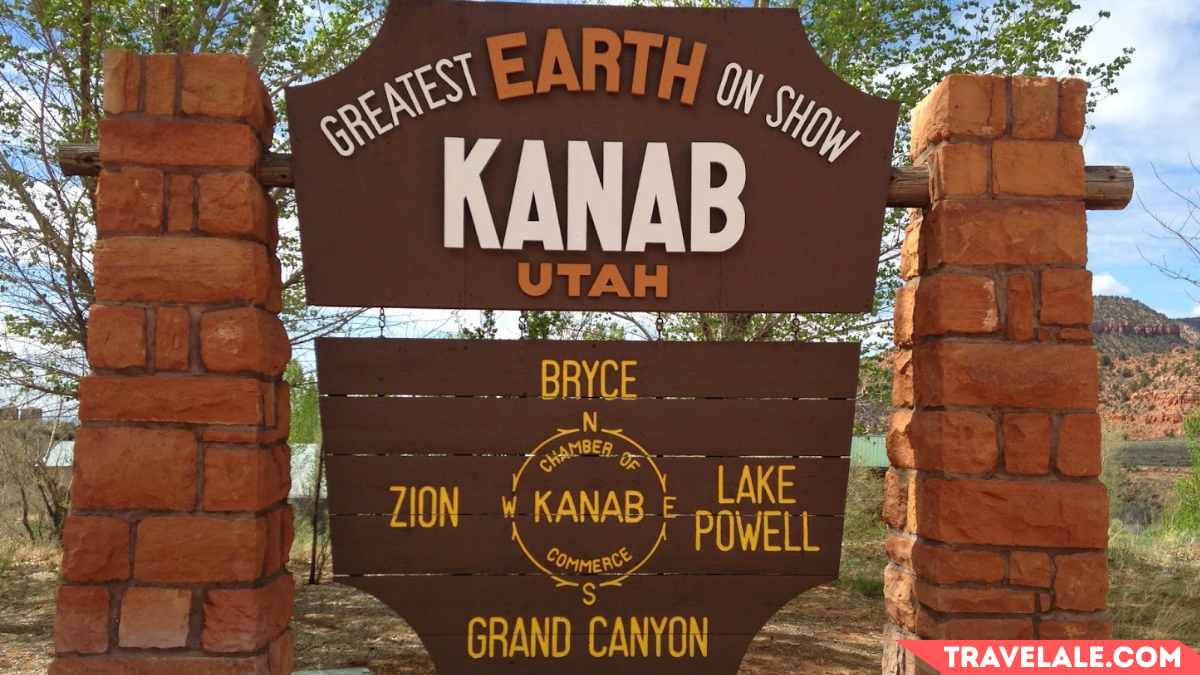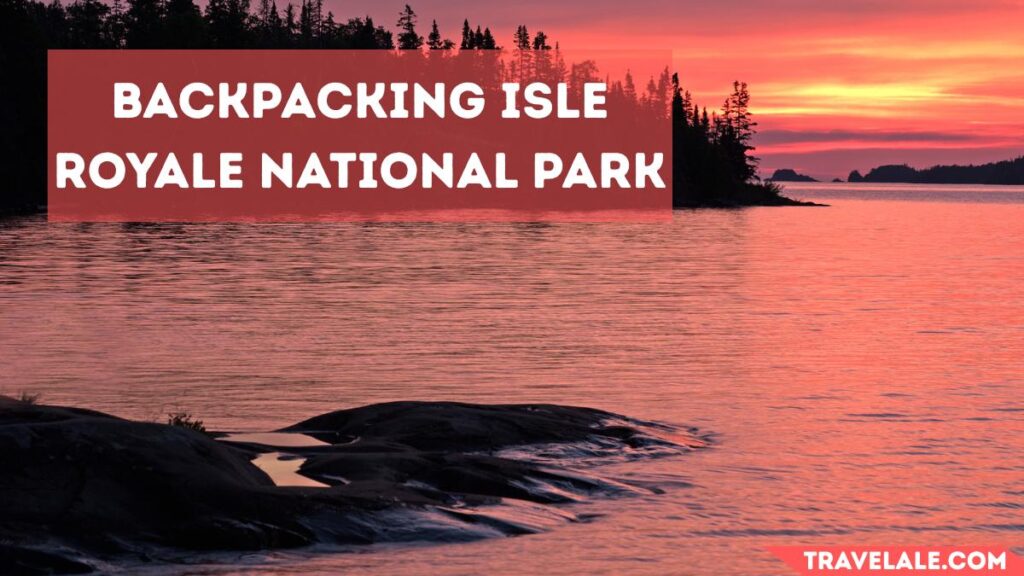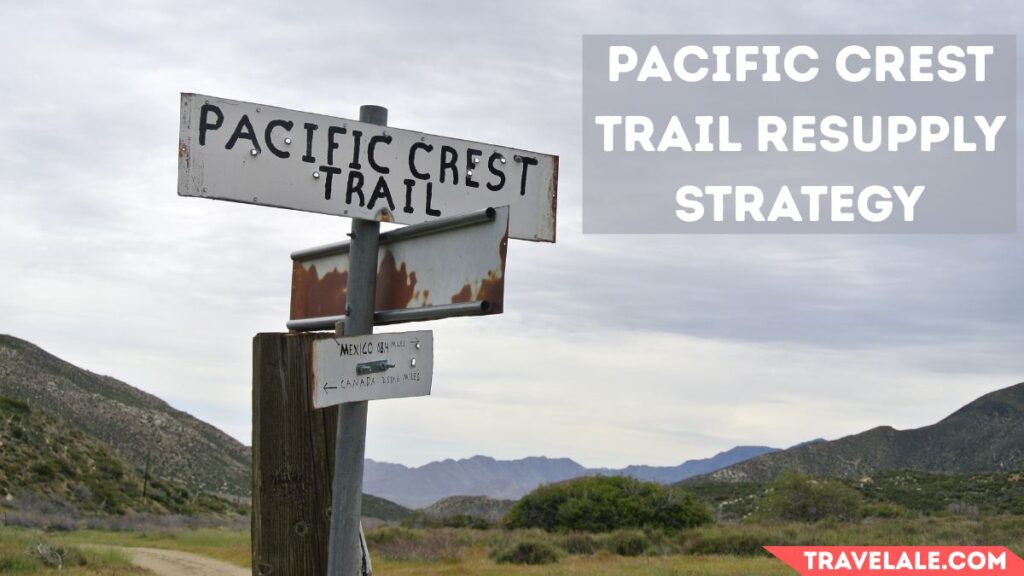Effortless Arizona Trail Resupply: Your Key to Success
The Arizona Trail (AZT) offers a dynamic thru-hike experience, where resupply options range from great to terrible, depending on your approach. Thanks to smart planning by the Arizona Trail Association (ATA), the trail balances water availability and resupply points, making it as easy or hard as you choose.
While some hikers love the excess of towns along the way, others find skipping some necessary to maintain pace. Hiking NOBO in spring, I’ve seen everything from mining towns in the desert to wealthy mountain resort towns—a true microcosm of Arizona’s socioeconomic stratifications. The key? A decent strategy keeps your pack light and your hike smooth.
Essential AZT Thru-Hike Tips
When planning your AZT thru-hike, remember that costs shift dramatically between the southern and northern halves. The southern half is cheaper, with fewer second homes and more rugged terrain, while the northern half—especially near the Grand Canyon—gets pricier due to tourism and developed areas.
Lodging can be unaffordable or scarce in some towns (looking at you, Pine), so book reservations early during high season or be ready to hitch to nearby options. If all else fails, camp outside town—it’s part of the adventure!
Flagstaff & Seasonal Strategies
Flagstaff is a hiker’s paradise—unless it’s a weekend, when prices spike and crowds swarm. For northbound hikers, it’s a perfect spot at 550 miles to replace worn-out shoes (hit REI or local outfitters).
Timing matters: go north in spring to avoid snow and post-holing for 30 miles, or head south in fall to dodge hot temperatures that’ll fry you like an egg under the saguaro sun. Trust me, picking the right season makes or breaks your hike.
Key Resupply Points Along the Arizona Trail
Southern Arizona Stops (Mile 0–200 NOBO)
- Tucson or Sierra Vista – Start point (Mile 0 NOBO / 781.6 SOBO)
- Patagonia – First major resupply (Mile 50.2 NOBO / 731.5 SOBO)
- Vail or Tucson – Alternate options (Mile 104.9 NOBO / 676.6 SOBO)
- Colossal Cave – Quick detour (Mile 117.3 NOBO / 664.4 SOBO)
- Summerhaven (Mount Lemmon) – Scenic mountain stop (Mile 181 NOBO / 600.8 SOBO)
- Oracle – Near American Flag TH (Mile 195 NOBO) or Highway 77 (Mile 201.8 NOBO)
Central Arizona Stops (Mile 200–500 NOBO)
- Kearny – Reliable small-town option (Mile 257.8 NOBO / 523.8 SOBO)
- Superior – Convenient for a quick restock (Mile 294.3 NOBO / 487.3 SOBO)
- Roosevelt Lake – Lakeside resupply (Mile 337.8 NOBO / 443.8 SOBO)
- Payson – Larger town with full amenities (Mile 378.5 NOBO / 402.7 SOBO)
- Pine / Strawberry – Twin towns with hiker-friendly services (Mile 450.3 NOBO / 331.4 SOBO)
Northern Arizona Stops (Mile 500–End NOBO)
- Mormon Lake – Quiet resupply before Flagstaff (Mile 523.2 NOBO / 258.4 SOBO)
- Flagstaff – Major hub with everything hikers need (~Mile 560–574.2 NOBO)
- Tusayan – Near the Grand Canyon (Mile 676.3 NOBO / 105.3 SOBO)
- Mather Campground / Grand Canyon Village – Last stop before the North Rim (Mile 682.6 NOBO / 99 SOBO)
- Jacob Lake – Final remote resupply (Mile 754.7 NOBO / 26.9 SOBO)
- State Line Campground / Kanab / Page – Endpoint options (Mile 781.6 NOBO / 0 SOBO)
🏁 Southern Terminus Essentials: Tucson or Sierra Vista (Mile 0 NOBO/781.6 SOBO)
Tucson serves as the primary gateway for NOBO hikers starting at the Mexican border’s southern terminus. Most fly into Tucson International Airport, where you’ll find all the amenities needed for your final pre-hike preparations.
While Sierra Vista is geographically closer to the border (about 1.5 hours vs Tucson’s 2 hours), its lack of Uber services means you’ll need to arrange pricier private transportation (typically $100+) or connect with trail angels through the ATA website.
Tucson shines with its affordable lodging and food options, particularly its famous Mexican food scene. Don’t miss Tumerico – their creative vegan dishes convert even meat-eaters, while Culver’s offers perfect hiker foods like cheese curds packed with calories and dairy goodness. Multiple access points along the early AZT sections mean you might return to Tucson later in your hike.
Pro tip: The “Best Western Plus” near the airport offers hiker discounts and is walking distance from a Walmart for last-minute supplies.
🏡 Patagonia: The First True Trail Town (Mile 50.2 NOBO/731.5 SOBO)
Currently, the AZT passes directly through charming Patagonia, though plans are underway to re-route slightly north to eliminate the current road walks on either side of town. This tiny but welcoming community has become walkable hiker heaven, where locals are accustomed to seeing backpackers.
Many hikers successfully hitch into town, or you might get lucky borrowing bikes from Terra Sol, a local shop that sometimes lends them to thru-hikers.
Resupply requires visiting both the health foods store (great for specialty items) and the main market (better for standard supplies). Food highlights include El Pancho Villa’s legendary vegan burrito – so massive most hikers can’t finish it – and Velvet Elvis Pizza, known for both its tasty pies and accommodating attitude toward dirty hikers.
The town park allows overnight camping (ask locally for current rules), making Patagonia an ideal first stop.
🔄 The Vail/Tucson Crossroads Decision (Mile 104.9 NOBO/676.6 SOBO)
At this junction, hikers face a choice: detour to Vail (easier hitch from mile 104.9) with its convenient Safeway and basic accommodations, or push on to Tucson (requiring Uber or trail angel assistance). Most experienced hikers recommend mailing a resupply package ahead to Colossal Cave instead, saving time and energy.
However, when weather turns bad or cravings hit, the nearby Taco Bell becomes a sanctuary, where those Cinnabon Delights have saved many a weary hiker’s morale. The interstate crossing at mile 109.4 makes for poor hitching, so aim for the earlier access point if you must detour.
🕶️ Colossal Cave: More Than Just Resupply (Mile 117.3 NOBO/664.4 SOBO)
This fan-favorite stop sits just 0.3 miles off trail, featuring a visitors’ center that generously holds free hiker packages and maintains one of the trail’s best hiker boxes.
Beyond practical resupply, the cave complex offers unexpected luxuries: a margarita stand, shaded picnic areas perfect for midday rest, and surprisingly good pizzas and chips – all within steps of the actual cave tours (worth the detour if time allows). The staff takes pride in assisting hikers, and many report this being their favorite early-trail stop.
Pro tip: The gift shop sells cold drinks and ice cream – absolute gold on hot desert days.
🔙 Tucson Revisited: Optional Resupply (Mile 158.8 NOBO/622.8 SOBO)
While the Catalina highway provides access back to Tucson, spotty cell service makes arranging Uber rides challenging. Most hikers skip this resupply since better options await at Summer haven.
However, it can be valuable for replacing gear or accessing specialized medical care if needed. If you do go, afternoon hitching proves most successful when Tucson residents head up the mountain to escape the heat.
⛰️ Summerhaven: Mountain Top Resupply (Mile 181 NOBO/600.8 SOBO)
Perched on Mount Lemmon, this alpine village sees the trail pass directly through its center – quite literally, as the AZT becomes main street. The general store provides adequate resupply, though prices run higher than Oracle’s Dollar General just a couple days ahead.
Summer haven has transformed into a ski and summer retreat, attracting cyclists and OHV tourists that can overwhelm the two restaurants (Sawmill Run and Cookie Cabin). While cabin rentals are prohibitively expensive, the post office still allows hikers to sleep on its porch – a cherished tradition. The burger at Sawmill Run or pizza at Cookie Cabin might not wow gourmands, but after desert hiking, they taste divine.
🏞️ Oracle: Where Desert Meets Dollar Deals (Mile 195/586.7 or 201.8/580)
The American Flag Trailhead (mile 195) and Highway 77 (mile 201.8) both provide access to Oracle, where trail angels often offer rides into this quirky desert town. While not particularly walkable, the essentials cluster together – the legendary Casa Rivera Mexican restaurant sits directly across from the Dollar General, creating the perfect resupply triangle.
Oracle’s affordable prices come as welcome relief after Summerhaven’s mountain premiums. The portions at Casa Rivera border on ridiculous – their burrito could feed two hungry hikers, all for about $8. The contrast between these neighboring towns showcases Arizona’s diversity – from upscale mountain retreat to authentic desert community in just 20 trail miles.
🏘️ Kearny: The AZT’s Hidden Gem (Mile 257.8/523.8)
This former mining town has transformed into one of the trail’s most essential stops, thanks largely to its incredible trail angel network. Multiple locals provide free rides to/from trail, making this walkable community easily accessible despite its off-trail location.
The General Kearny Inn offers clean, affordable rooms, while the grocery store provides the best selection since Tucson – complete with free coffee and donuts for hikers. Don’t miss signing the hiker banner at Old Time Pizza, where owner Gary (a retired thru-hiker) keeps $2 draft beer flowing and stories even richer. Many choose to take a zero here to enjoy the small-town hospitality.
🏗️ Superior: Mining Town Turned Trail Oasis (Mile 294.3/487.3)
Superior’s renaissance as a hiking hub makes it another can’t-miss stop. Easy hitching or trail angel pickups from the trailhead bring you to this historic mining town now dotted with boutique hotels, a wine bar, and surprisingly good dining.
The farmers market (weekends) offers fresh produce, while the grocery covers standard resupply needs. Jalapeños No. 2 serves massive portions of Mexican food with endless soda refills, while Los Hermanos down the street mixes strong margaritas – perfect for celebrating completing the desert section. The town’s transformation showcases how the AZT benefits local economies.
🏕️ Roosevelt Lake: Marina Resupply (Mile 337.8/443.8)
More marina than town, Roosevelt Lake’s visitors’ center and convenience store become crucial waypoints in this remote stretch. Most hikers mail resupply boxes here ($10 holding fee) since the store mainly stocks Pop-Tarts, powdered donettes, and other less-than-ideal hiker fare.
The marina allows free camping near their shack, and the swimming opportunities provide much-needed relief from the heat. This stop requires strategy – either mail a box, cobble together supplies from the limited options, or prepare for the long haul to Payson. The hiker box here fluctuates between barren and overflowing, so timing matters.
🏔️ Payson: Gateway to the High Country (Mile 378.5/402.7)
Reaching Payson requires one of the trail’s most challenging hitches – 32 winding miles along Highway 87. About half of hikers attempt it, while others opt for the grueling 115-mile food carry to Pine.
Those who succeed find full amenities: Walmart, chain motels, and diverse dining from Taco Bell to the excellent Ayothaya Thai Cafe. The brutal elevation changes through the Mazatzals justify the effort for many, especially when facing weather challenges.
Pro tip: Coordinate with other hikers to share shuttle costs, and plan to stay overnight – same-day round trips prove nearly impossible.
🌲 Pine & Strawberry: Twin Mountain Resupply (Mile 450.3/331.4)
These adjacent communities offer a classic high-country resupply experience. From the highway crossing, it’s an easy hitch or pleasant 1-mile walk into Pine, where you’ll find a brewery with dedicated hiker services, a decent grocery store, and laundromat all within a compact area. The Early Bird Cafe lives up to its reputation with massive portions of hearty breakfast food at reasonable prices.
The only challenge? Lodging. With no budget options in Pine, you’ll need to hitch 3 miles downhill to Strawberry, where the motel and “chalets” still command premium rates.
During peak seasons (especially weekends), both towns book solid with Phoenix residents escaping the heat, so plan accordingly. The brewery sometimes allows camping on their volleyball court – check current status with staff.
🏞️ Mormon Lake: The Lake That Isn’t (Mile 523.2/258.4)
Don’t let the name fool you – Mormon Lake is usually just muddy puddles in a vast dry basin. This quirky stop features a post office/general store combo, basic cabins, and a laundromat that becomes hiker central. The staff’s dry humor and the town’s sardonic vibe about their missing lake create a uniquely memorable experience.
Resupply options lean toward ramen, tuna, and chips, though the hiker box sometimes yields treasures. Many enjoy their microwave burrito and beer feast in the laundry room, the only place with reliable power outlets. The adjacent lodge runs a restaurant with limited hours – if you time it right, it’s worth a sit-down meal.
🏔️ Flagstaff: Trail Metropolis (Mile ~560/574.2 or ~207)
The largest town along the AZT, Flagstaff offers everything a hiker could want. The urban trail section connects seamlessly to the bus system and rideshares, making navigation easy despite the spread-out layout. Outdoor shops like REI and local outfitters (often offering discounts on Altras) can replace worn gear.
Food highlights include MartAnne’s Burrito Palace, serving legendary breakfast burritos with options for vegan, vegetarian, and carnivore diets alike. The brewery scene here is exceptional – over a dozen craft breweries dot this mountain town. Multiple grocery stores allow complete resupply flexibility. Many hikers take an extra day here to enjoy the recreation opportunities and vibrant atmosphere.
🏜️ Tusayan: Grand Canyon’s Gateway (Mile 676.3/105.3)
This purpose-built tourism hub serves one function: accommodating Grand Canyon visitors. While walkable from the trail junction, most hikers only stop for a meal at the Mexican restaurant or to gawk at the “world’s most expensive McDonald’s.” The general store charges premium prices – better to wait for better options in the Canyon Village just 6 miles ahead.
Lodging here is notoriously overpriced, making it smarter to push on to Mather Campground. The only exception? If you arrive after dark when the Canyon shuttles stop running.
⛺ Mather Campground/Grand Canyon Village (Mile 682.6/99)
The national park staff reserves select campground sites specifically for AZT hikers ($6 fee). The general store in the Village offers surprisingly good resupply options, including craft beers, ranch waters, and quality deli items. Don’t miss the laundromat/shower facility – your last proper cleaning until journey’s end.
The tavern at Bright Angel Lodge serves decent pizza and alcohol – your final chance for a celebratory meal before the remote northern sections. Rangers are notably hiker-friendly here, often going out of their way to assist thru-hikers.
🍪 Jacob Lake: The Final Cookie Stop (Mile 754.7/26.9)
Famous for its cookies, the Jacob Lake convenience store makes for a nostalgic final resupply. The inn offers rooms if you want one last bed, while the restaurant serves hearty meals. Though the store’s selection is limited, creative hikers can piece together essentials for the last stretch.
The LDS history adds cultural interest, and the continued alcohol sales (despite Mormon roots) means you can pack out beers for your terminus celebration. The highway crossing provides relatively easy hitching access.
🏁 Journey’s End: State Line to Kanab/Page (Mile 781.6/0)
The northern terminus at State Line Campground sits 30 minutes down a dirt road, where trail angels often provide rides to Kanab or Page (donation suggested). With spotty reception, coordination can be challenging – many hikers arrive in afternoon and hitch with departing day hikers.
Kanab offers the best post-trail amenities, including affordable lodging and the famous “Wave” lottery for non-hikers. The thru-hike accomplishment sinks in slowly as you arrange transportation home from this remote corner of Arizona. That final thumb out symbolizes the spontaneity that makes thru-hiking so special.
